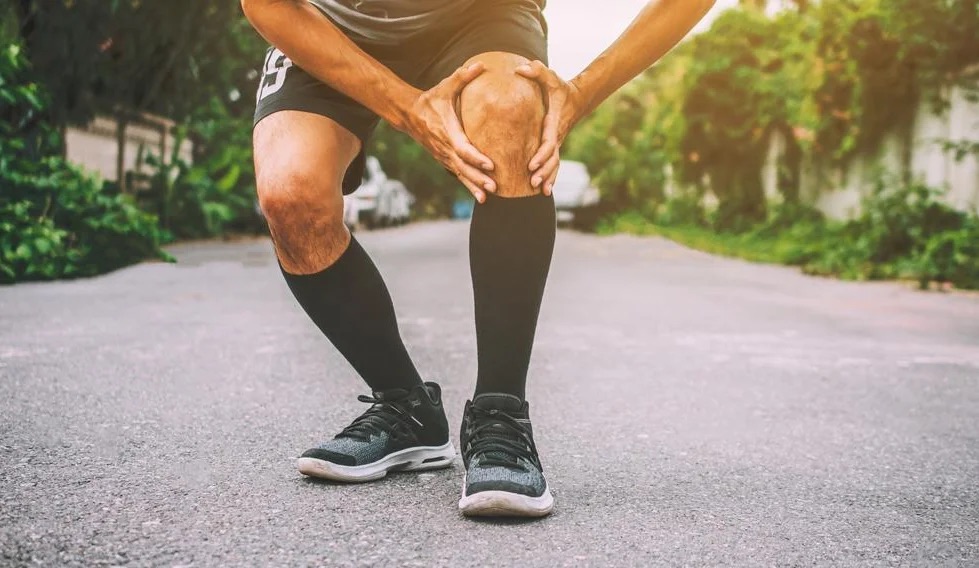
Swollen Knee

Why do I have a Swollen Knee?
A swollen knee means that there is excess fluid inside the knee joint. There are several types of causes for this. Usually, an acute injury such as a fall or twist of the knee would be obvious. In this case, there may be a ligament injury, such as an Anterior Cruciate Ligament (ACL) tear, causing the swelling. The knee would usually be quite painful too.
Over-exercise or over-use of the knee itself may also cause swelling in the knee. If this occurs repeatedly after exercise, this should not be ignored as it could mean a cartilage tear or meniscus tear condition.
Knee swelling without an obvious injury
If there had been no injury, then some common causes are the following:
– Knee osteoarthritis: This may happen in people in their 40s to 60s, and may happen after a period of walking or activity. Often times, this may also be the first sign of arthritis, with people having had no prior problems before.
– Gout attack: Gout is a condition caused by eating food high in uric acid, for example red meat, innards, alcohol, or seafood. This will have sudden severe pain of the knee with redness of the skin.
– Autoimmune Arthritis: This may happen on a recurrent basis, and may not have much pain associated with the swelling. There may be joint pain of other joints such as the fingers and shoulder.
– Back of knee Swelling: The most common cause is a cyst, a fluid-filled sac. This may develop due to arthritis or damage of the structures at the back of the knee. Such cysts may require treatment by sucking out the fluid or removing the cyst.
– Other causes: Other less common causes include bacterial infection and abnormal tissue growth inside the knee.
Diagnose and Treat your Swollen Knee
A knee swelling, especially if there had been no obvious cause, should always be medically checked. This is due to the possibility of serious conditions causing the knee swelling. As part of the diagnosis, you may have to undergo Xrays and MRI scan.
Other than medications to treat the swelling, a most effective method is to suck the fluid out of the knee. This is called Knee Aspiration. Once the fluid is sucked out, the pain and swelling will immediately be much better. Furthermore, the fluid can be sent for laboratory tests to assist in diagnosis. Aspiration is a simple procedure that can be done in the clinic.
Subsequent treatment will depend on the diagnosis of the cause of the knee swelling.
Centurion Orthopaedic Centre
38 Irrawaddy Road
Mt Elizabeth Novena Hospital Specialist Centre #07-40
Singapore 329563









